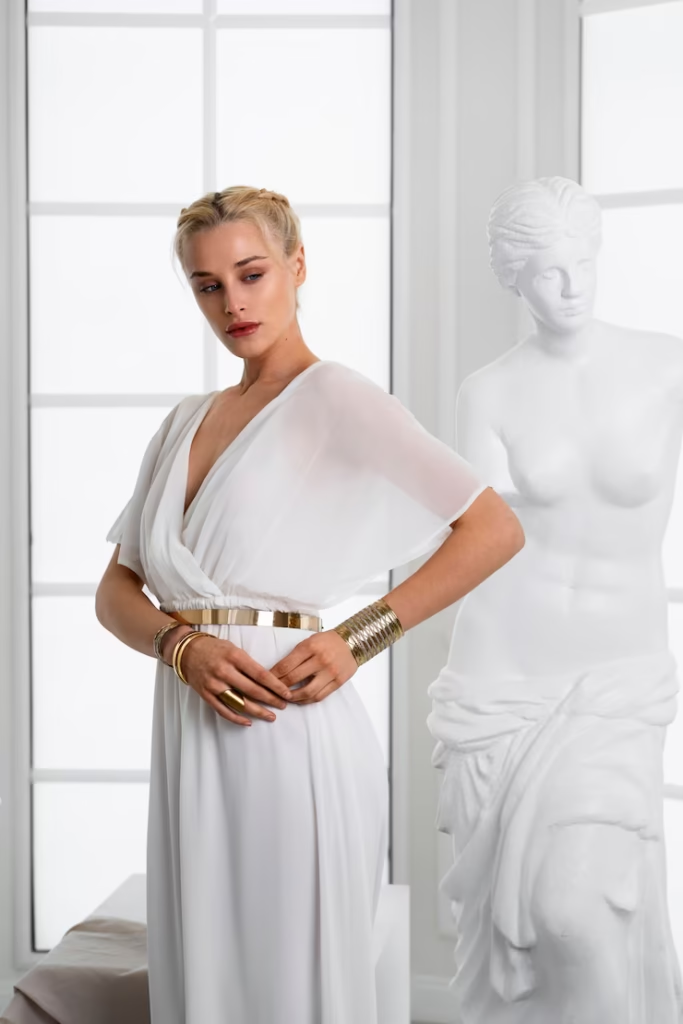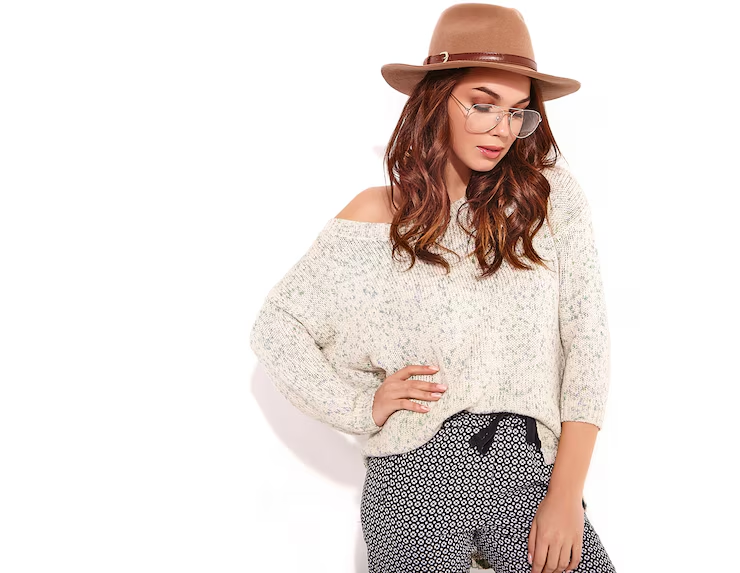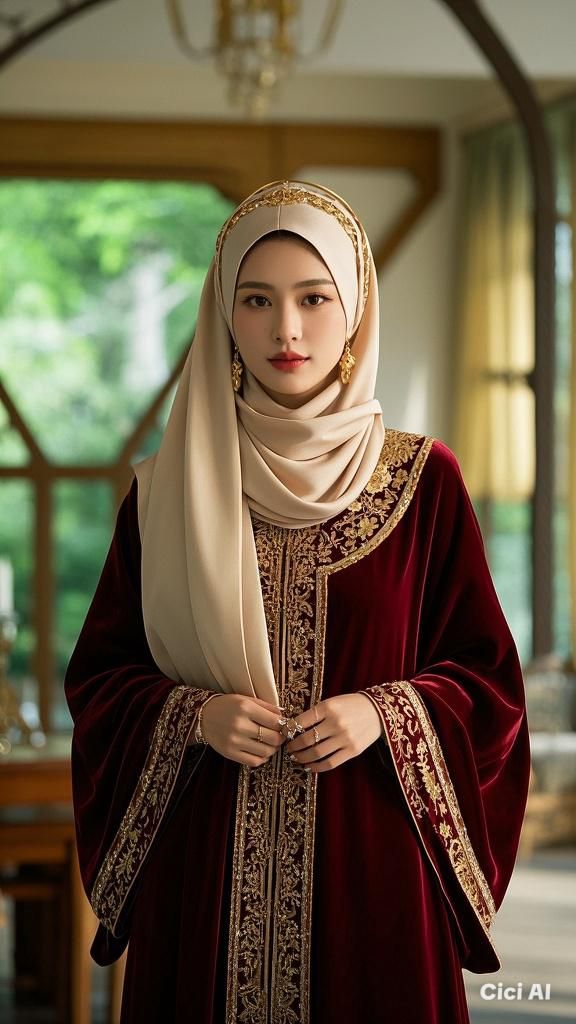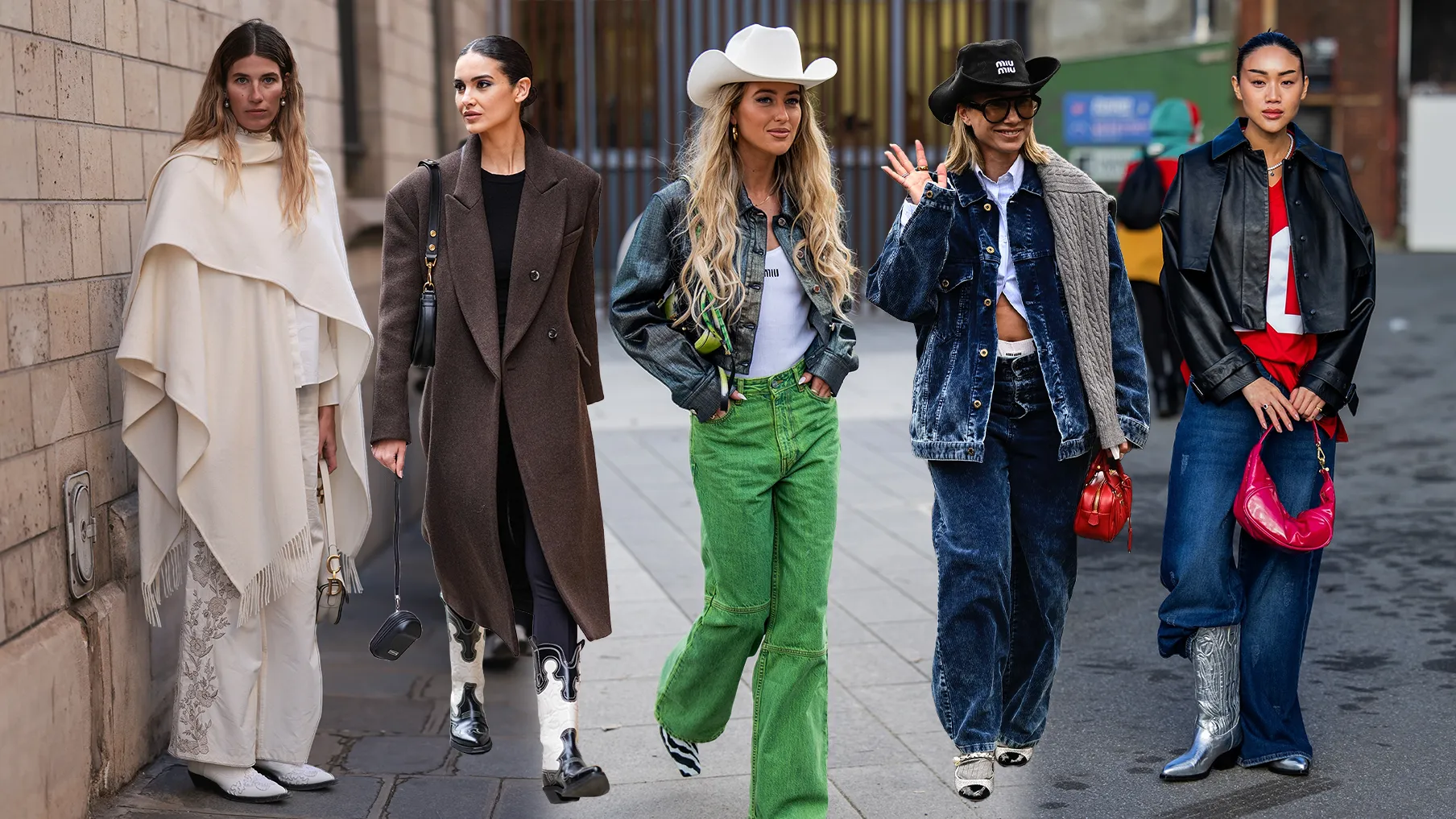Western fashion is a colorful fabric created by intertwining centuries of cultural, social, and economic threads. From the flowing robes of ancient civilizations to the sleek minimalism of today, clothing has always been more than just fabric—it’s a reflection of one’s identity, social standing, and defiance. This article takes you on an exciting journey through the transformation of western fashion, examining how each era influenced the clothing we wear today. Whether you’re a history buff, a fashion enthusiast, or simply curious about the reasons behind our clothing choices, this story will delve into the trends, innovations, and cultural shifts that have shaped western style.
Origin of Western Clothes.
The origins of western fashion can be traced back to ancient civilizations such as Greece, Rome, and Egypt, where clothing served both practical and symbolic purposes. Clothing items such as the greek chiton and roman toga were loose, flowing, and specifically created for hot weather. These early fashion styles emphasized functionality but also served as a symbol of social status—only the wealthy could afford brightly colored fabrics or elaborate embroidery.
Greece: the art of draping.

In ancient Greece, the chiton and himation were commonly worn garments, made from linen or wool and draped gracefully over the body. These clothing items were gender-neutral, with differences in length and embellishments indicating one’s social standing or financial status. The Greeks appreciated simplicity, but their incorporation of pleats and folds laid the foundation for tailored clothing designs.
Rome: authority in textile.

The toga was a symbol of status, with its size and color (such as the purple-bordered toga praetexta) representing rank. Women commonly donned the stola, a flowing, pleated dress, which was frequently accompanied by a palla shawl. The Romans were pioneers in the field of dyes, creating vibrant hues such as tyrian purple, which was exclusively used by emperors.
The Impact of Historical Periods on Contemporary Clothing Styles.
Ancient fashion trends introduced fundamental concepts that are still applicable today: layering, draping, and design influenced by social status. The inclusion of pins and brooches hinted at the emergence of contemporary accessories, while the focus on fabric quality established a standard for high-end fashion.
The Middle Ages in Europe: Religion, Social Structure, and Style.
By the middle ages (5th–15th centuries), fashion became a reflection of Europe’s feudal structure and religious beliefs. Clothing was divided into distinct categories—nobles adorned themselves with luxurious furs and silks, while peasants wore basic woolen tunics. The church’s impact extended to modesty standards, particularly for women.
The increase in the popularity of tailoring.
In the 12th century, the fashion industry witnessed the emergence of tailored clothing, featuring fitted tunics and hose as a departure from loose garments. This change in the summer season allowed for more freedom of movement and signaled the emergence of distinct fashion styles for men and women. Early examples of structured fashion included men’s doublets and women’s kirtles.
Sumptuary laws and social order.
In medieval Europe, sumptuary laws were enforced to control the clothing choices of individuals, determining who could wear what based on their social status. Only the affluent could don luxurious velvet or ermine, while the commoners were limited to dull and uninspiring hues. These laws exacerbated class disparities but also ignited rebellion through fashion, as individuals pushed the limits with daring accessories.
Key medieval trends.
Hennins and headdresses:

women’s elevated conical hats represented rank.
Pointed shoes, also known as poulaines, were a symbol of nobility and were often worn by the upper class.
Fashionable ensembles: tunics, surcoats, and cloaks formed intricate shapes.
The renaissance: a revival of art (14th–17th centuries).
The renaissance was a period of cultural revolution that elevated fashion to an art form, with intricate designs and luxurious fabrics. The prosperity generated by trade and exploration served as a catalyst for lavish fashion trends, with Italy and France rising as the leading fashion capitals. Clothing became a medium for self-expression, merging opulence with innovation.
Italian impact and intricate forms.
Italian city-states, such as Florence, were at the forefront of fashion, showcasing luxurious brocades and velvets. Men donned padded doublets and tight hose, while women embraced corsets and farthingales—hooped skirts that created exaggerated, bell-like shapes. The period’s fixation on balance mirrored renaissance art.
Elizabethan opulence.
In England, Queen Elizabeth I’s rule (1558–1603) established fashion trends with ruffled collars, puffed sleeves, and intricate embroidery. The renowned ruff, a collar made of lace or linen, could reach a width of one foot, symbolizing affluence and skill. Her fashion influenced the style of Europe.
Textiles and advancements.
Silk and velvet:

originating from Asia, these fabrics were symbols of wealth and status.
Lace: delicate handmade lace from Venice became a must-have.
Dyes: vivid reds and blues, obtained through costly dyes, symbolized authority.
The baroque and rococo periods: drama and delicacy (17th–18th centuries).
The baroque and rococo periods (1600–1750 and 1730–1780) elevated fashion to new levels of theatricality. Influenced by art and architecture, clothing started to become more intricate, featuring exaggerated shapes and intricate details. France, during the reign of Louis XIV, emerged as the focal point of fashion.
Grandeur extravagance.
Baroque fashion emphasized opulence. Men dressed in long coats with lace cuffs, while women wore loose gowns with flowing trains. Wigs, both powdered and towering, became popular accessories, representing affluence and courtly culture at Versailles.
Rococo style refinement.
Rococo fashion was airier and more whimsical. The clothing line featured soft pastel hues, intricate floral embroidery, and delicate silks. Women’s panniers—side hoops—gave rise to wide, flowing skirts, while men embraced slimmer coats and breeches. Marie Antoinette’s fanciful fashion represented the time period.
Comparing baroque and rococo styles.
Feature:
Baroque:
Rococo:
Silhouette:
The conclusion was laden with weighty implications, structured in a meticulous manner, and exuded a dramatic tone.
The light, graceful, and unbalanced design of the dress is visually appealing.
Colors:
Dark sapphire hues.
Pastel and gentle shades.
Essential item.
Wigs Made of Powder.
Fans that are designed to add a touch of style.
The 1800s: industrialization and romanticism.
The industrial revolution (1760–1840) revolutionized fashion through mass production and the introduction of new textiles. Romanticism, meanwhile, inspired dreamy, sentimental styles. This period witnessed the emergence of contemporary fashion systems, such as department stores and fashion magazines.
Regency era: plainness and grace (1811–1820).
Influenced by the fashion of ancient Greece and Rome, women in the regency era embraced high-waisted empire dresses, crafted from delicate muslin fabric. Men embraced tailored coats and cravats, which served as early versions of the contemporary suit. Jane Austen’s protagonists exemplified this modest refinement.
Victorian era: organization and ethics (1837–1901).
Victorian fashion was characterized by the use of tight corsets, exaggerated bustles, and voluminous crinolines, resulting in a slim and defined silhouette for women. Men’s fashion evolved into the classic three-piece suit, a timeless style that remains popular to this day. Queen Victoria’s choice of black as a mourning attire became popular, making it a chic and somber fashion choice.
Pros and Cons of Victorian Fashion
Pros: demonstrated skill, upheld societal standards, introduced mass-produced garments.
Cons: corsets limited mobility, bustles were inconvenient, and fashion trends were expensive.
The 1900s: revolution and transformation.
The 20th century was a time of rapid transformation, with fashion mirroring the impact of wars, social movements, and technological progress. Every ten years, fashion witnessed revolutionary trends, ranging from flapper dresses to punk rock attire, as clothing became a means of personal expression.
The Jazz Age: Freedom and Style.
In the 1920s, women abandoned the restrictive corsets and embraced loose, beaded flapper dresses that symbolized their newfound liberation. Men wore tuxedos with broad lapels and top hats. The bob haircut and cloche hats became iconic symbols of defiance and nonconformity.
The period from the 1930s to the 1950s was marked by conflict and reconstruction.
The economic crisis of the great depression and the outbreak of world war ii led to a period of austerity, characterized by the use of rationed fabrics and the adoption of simple silhouettes in clothing. After the war, Christian Dior’s ‘new look’ (1947) brought back femininity by emphasizing cinched waists and voluminous skirts, revolutionizing women’s fashion.
The swinging sixties and beyond.
The 1960s brought about a new era of youth culture, characterized by the popularity of miniskirts, mod fashion, and vibrant prints. The 1970s embraced a bohemian style and disco glamour, while the 1980s embraced a power suit and shoulder pad fashion trend. The 1990s embraced grunge and minimalism, paving the way for contemporary casual fashion.
Key 20th-century designers.
Coco Chanel: revolutionized the fashion industry by introducing the iconic little black dress and redefining elegance.
Yves Saint Laurent: revolutionized fashion by introducing gender-bending styles, such as the iconic tuxedo for women.
Vivienne Westwood: championed punk fashion and avant-garde designs.
The 21st century: variety and conservation.
Today’s fashion trends are a blend of various influences, shaped by globalization, advancements in technology, and the power of social media. Fast fashion retailers like zara and h&m coexist with sustainable brands like stella mccartney, indicating a rising consciousness regarding the environmental consequences of the fashion industry.
Comparison of Quick Style and Sustainable Style.
Cheap clothing: popular, style-conscious, but frequently disposable and immoral.
Slow fashion: prioritizes durability, eco-friendliness, and fair labor practices, although it may come with a higher price tag.
The rise of streetwear and its connection to digital culture.
Streetwear, driven by popular brands like supreme and off-white, has blurred the distinction between casual and high-end fashion. Social media platforms such as Instagram and TikTok have democratized fashion, allowing influencers and ordinary individuals to influence trends.
Where to find motivation.
Vintage Shops: Discover Original Items from Previous Centuries.
Online platforms: explore asos, farfetch, or depop for curated selections.
Museums: visit the Metropolitan Museum of Art or the Victoria and Albert Museum in London for fashion history exhibits.
